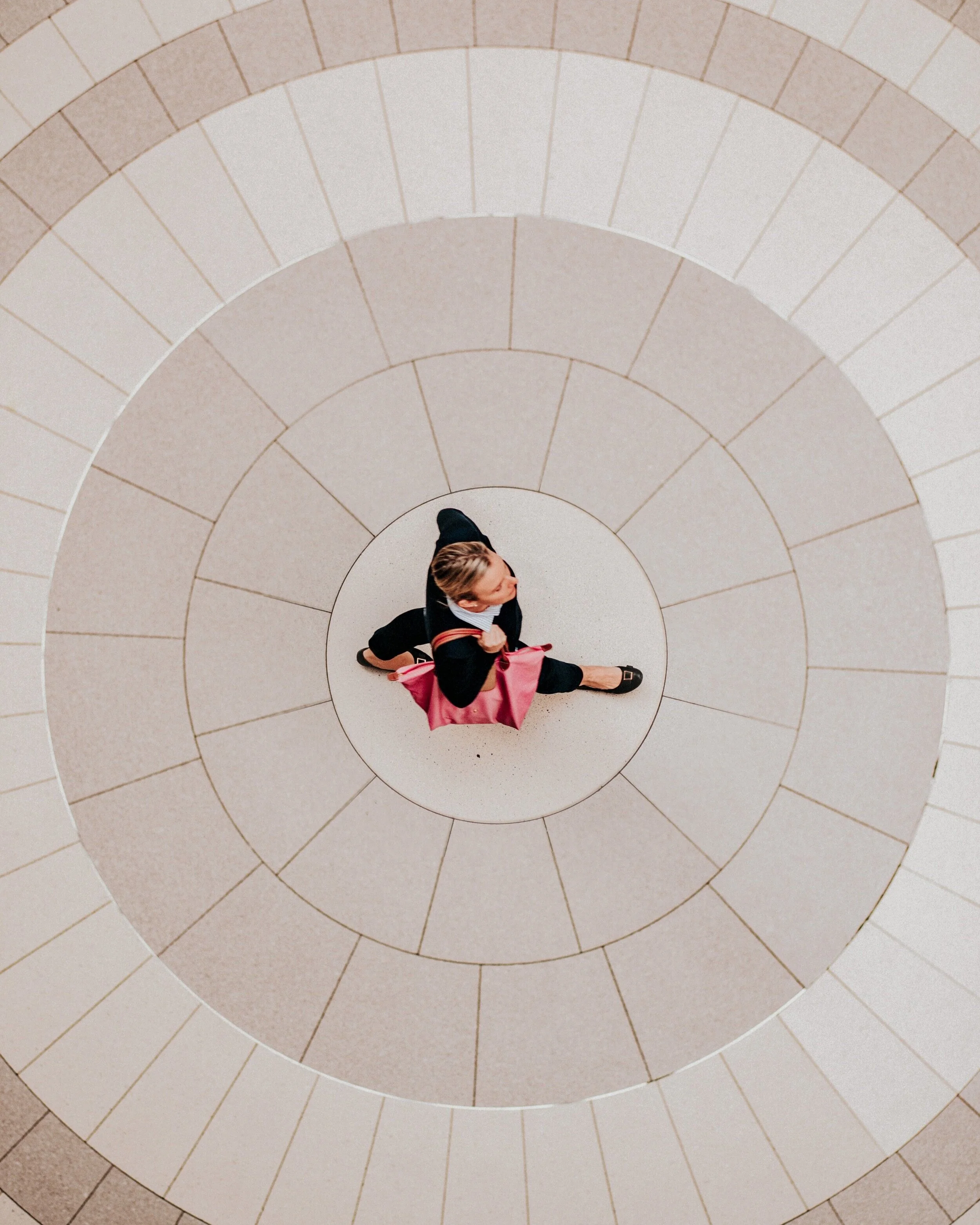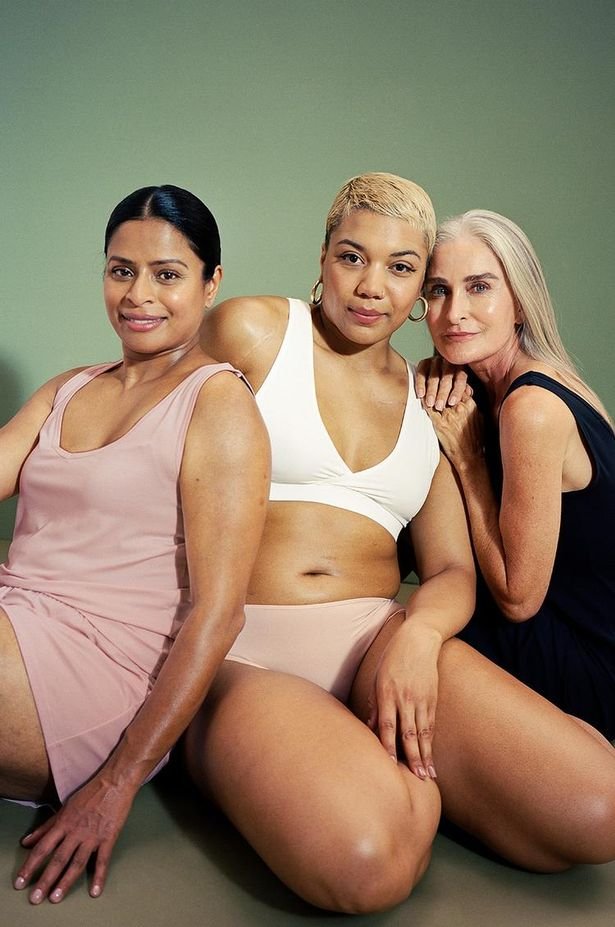The Wonder of Walking
Pride and Prejudice was the first book I fell in love with, at the tender age of 13. Long before Jennifer Ehle and Keira Knightly gave a populist face to the historical heroine Elizabeth Bennet, I was a fan. She was a quick thinker, a smart talker and a great walker.
I liked this last trait most of all, probably because I could emulate it far easier than the others. Walking was one of the few acceptable ways for women to escape their sedentary, domestic lives in the early 19th-century; in Regency England they spent most of their days sitting, looking like oil paintings. Walking represented an emancipation from the confines of the drawing-room, and from the polite society of others, as it was one of the few pursuits acceptable for women to embark on alone (they were almost always accompanied, like children). But unlike her peers, who enjoyed gentle strolls around the shrubberies (the kind of ambling considered suitable for women), Elizabeth was “crossing field after field at a quick pace, jumping over stiles and springing over puddles with impatient activity”. She was restless and curious, rebellious and non-conformist at a time when these traits were most firmly attributed to her male counterparts.
I think for many women even today, walking has an emancipatory feel to it. It offers an escape from domestic chores, life admin and caring responsibilities - the day-to-day heavy-lifting in the home that most women remain responsible for. Walking provides a beacon of hope, a shining light of alone-time that women can’t be made to feel guilty for; it’s exercise after all, not a spa date. It also allows us the freedom to leave the house with nothing other than the front door key in our hand. What a joy! How often do women get to go outside with so little ‘stuff’ that it will fit neatly into their pockets (of which there are always too few, unlike in menswear)? It’s one of the few precious occasions when women can physically and emotionally offload.
Even in 2020, this image of a woman out walking alone, untethered to anything or anyone, is almost provocative in its defiance of conventional stereotypes. Traditionally men indulged their wanderlust while women held the fort. I remember my mother telling me of a time early on in my parent’s marriage when they had a serious row. Immediately after, my Dad hopped in the car and headed off somewhere to cool down. My mother had no choice but to stay at home and look after their children. I’m sure she would love to have fled to her mother’s for a cup of tea and sympathy and left him to wipe noses and bums for a couple of hours. But getting outside alone has always been a luxury for women and a birthright for men. Jane Austen herself was a “desperate” walker, according to her letters. The undertone suggests desperation to break out of the confines of her enclosed existence indoors, and walking was the only way to do it.
Walking also offers women a temporary release from the dress codes of modern living; make-up and heels are surplus to requirements. For Elizabeth Bennet, of course, there was no reprieve from petticoats and delicate footwear, and so she’s ridiculed in the novel for her muddy ankles and wild, blousy hair. While Jane Austen’s leading lady drew unwanted attention to herself by striding out alone, today walking can render women a refreshing degree of invisibility. There are no catcalls when you’re wearing an oversized parka, a beanie and flats, and nobody is sizing up your skirt or checking out your coat. Maybe I appreciate this more than most because I work in fashion, but I love to feel unseen sometimes.
I developed my own love of walking while living in London in my 20s. It was a practical decision based on how unpleasant and expensive I found travelling on the tube. One mid-tunnel blackout too many and I set off on foot from Chalk Farm (just beyond Camden Town), where I lived, to Soho, where I worked. Twice a day every day, I discovered this part of the city in a way I never would have on public transport (and came across some of the most fantastic charity shops). I was “Street Haunting”, as Virginia Woolf described it in her 1927 essay, striding along Camden high street onto Hampstead Road, across Goodge Street and beyond until I hit Broadwick Street, all the while absorbed by the structures and people I passed and their alternative existences. “What greater delight and wonder can there be than to leave the straight lines of personality… [to feel] that one is not tethered to a single mind, but can put on briefly for a few minutes the bodies and minds of others,” said Woolf.
As much as I love beachcombing and hill walks, park strolls and mountain climbs, I’ll always be a flãneur at heart.
This term was coined in the 19th-century and used to describe men who wandered around cities, enjoying the spectacle of city life - there’s no equivalent female term, because of course 200 years ago, the only women walking alone along city streets were waifs and strays, and prostitutes. When I worked in Blackrock several years ago, I again walked home from work every evening, to Cabinteely and it was the best way in the world to release the frustrations of the day (along with sea swimming); even better than a glass of red wine or a bitch with your best friend. As the Greek physician, Hippocrates said, “Walking is man’s best medicine.” It’s good for the mind, body and soul, and there’s a science to prove it.
According to a 2018 study that tracked participants’ activity levels and personality traits over a 20-year period, those who moved around least scored lower in positive traits such as openness, extraversion and agreeableness.
Irish neuroscientist Shane O’Mara, author of In Praise of Walking, believes our sensory systems work at their best when we are moving. The Trinity professor says there is substantial data to show that walkers have lower rates of depression, and adds that the activity has long been associated with improved creativity. He believes it’s a terrible mistake not to consider walking as “proper” exercise. In an interview with The Guardian last year on the launch of his book, he explained, “What we need to be is much more generally active over the course of the day than we are. What you see if you get people to wear activity monitors is that because they engage in an hour of really intense activity, they engage in much less activity afterwards.”
Lockdown has helped enormously in promoting walking as an activity we do daily, not occasionally. With gyms, sports clubs and swimming pools closed, it’s become a lifeline for many. Not everyone is a runner and not all of us own bikes. Walking requires no financial outlay and no training or preparation, like stretching as you would before a jog, and it can be solitary or sociable (socially distant even). Although there’s a pile of podcasts I should be listening to, I never wear earphones when I walk. I don’t want my head filled with anything other than what I see around me. I don’t want to be on autopilot when I walk, I want to be curious and engaged, because that’s when everything begins to look brighter, both in the world around you and the world inside your head.
Marie Kelly, June 2020.
join the conversation
share and comment below, we’d love to hear your thoughts…
















